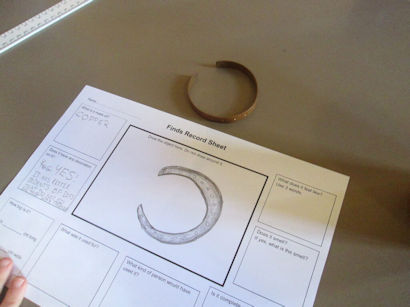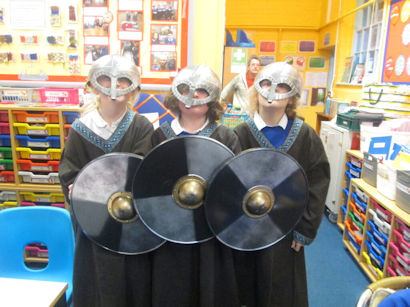History

Intent: At Stratford-sub-Castle Primary School we believe that history ignites children’s curiosity about the wider world. Our carefully crafted history curriculum enables our children to make sense of their world, enrich their understanding of it and develop an understanding of why the world and its people are the way they are today. Local history is important to us and woven within our history curriculum, we ensure children can experience and evaluate the rich history of Salisbury and our local village of Stratford.
The following key concepts are revisited throughout the children’s history education which help develop an understanding and appreciation of how the world and society has developed over time:
- invasion and settlement
- legacy
- local history
- society & culture
- communication and invention
- chronology

Through the teaching of history, we aim to:-
- Instil in our children a curiosity and understanding of events, places and people in a variety of times and environments.
- Develop children’s interest in the past and an appreciation of human achievements and aspirations.
- Help children understand the values of our society.
- Inform children about the major issues and events in the history of our own country and of the world and how these events may have influenced one another.
- Develop a knowledge of chronology within which the children can organise their understanding of the past.
- Help children understand how the past was different from the present and that people of other times and places may have had different values and attitudes from ours today.
- Help children understand the nature of evidence by emphasising the process of enquiry and by developing the range of skills required to interpret primary and secondary source materials.
- Distinguish between historical facts and the interpretation of those facts.
- Help children understand that events have a multiplicity of causes and that historical explanation is provisional, debatable and sometimes controversial.
Implementation: Specified History units will be taught three times per academic year in Terms 1, 3 and 5. This will happen in each class according to the unit stated on the curriculum map. Within each lesson, the children will be introduced to the vocabulary in order to understand what the lesson will involve and to become familiar with the words that will be used throughout the whole unit. This is supported by our use of our key concepts – invasion and settlement, legacy, local history, society & culture, communication and invention and chronology.

The use of these key concepts ensure links are made with previous learning, e.g. which vocabulary has been met before, links made to previous learning, what new learning will this lead on to during the unit in order to help the children to know more and remember more.
The children will be encouraged to talk like historians using the vocabulary linked to the current unit and previous vocabulary that they have learned within the context of history. Unit-specific vocabulary will be displayed in the classroom during the teaching of the unit following our vocabulary progression. When the children are being taught history, it will be made explicit that this is the subject that they are doing.
Impact:
- Pupil Voice: Pupil engage and enjoy their learning about history. Pupil’s history learning inspire a curiosity and fascination about the world and its people.
- Evidence in Knowledge: Pupils have a good understanding of chronology of key British historical periods. Pupils are able to describe key facts about different British History and world history studied. Pupils are able to describe the historical importance of local landmarks of Stonehenge and/or Old Sarum.
- Evidence in Skills: Pupils can use a range of sources such as books and artefacts to learn about the past.
- Breadth and Depth: Teachers plan a range of opportunities for pupils to learn history and link to other areas of the curriculum (i.e. use of statistics). Teachers plan enrichment activities, such as visits to Old Sarum, Salisbury Museum.
- History



